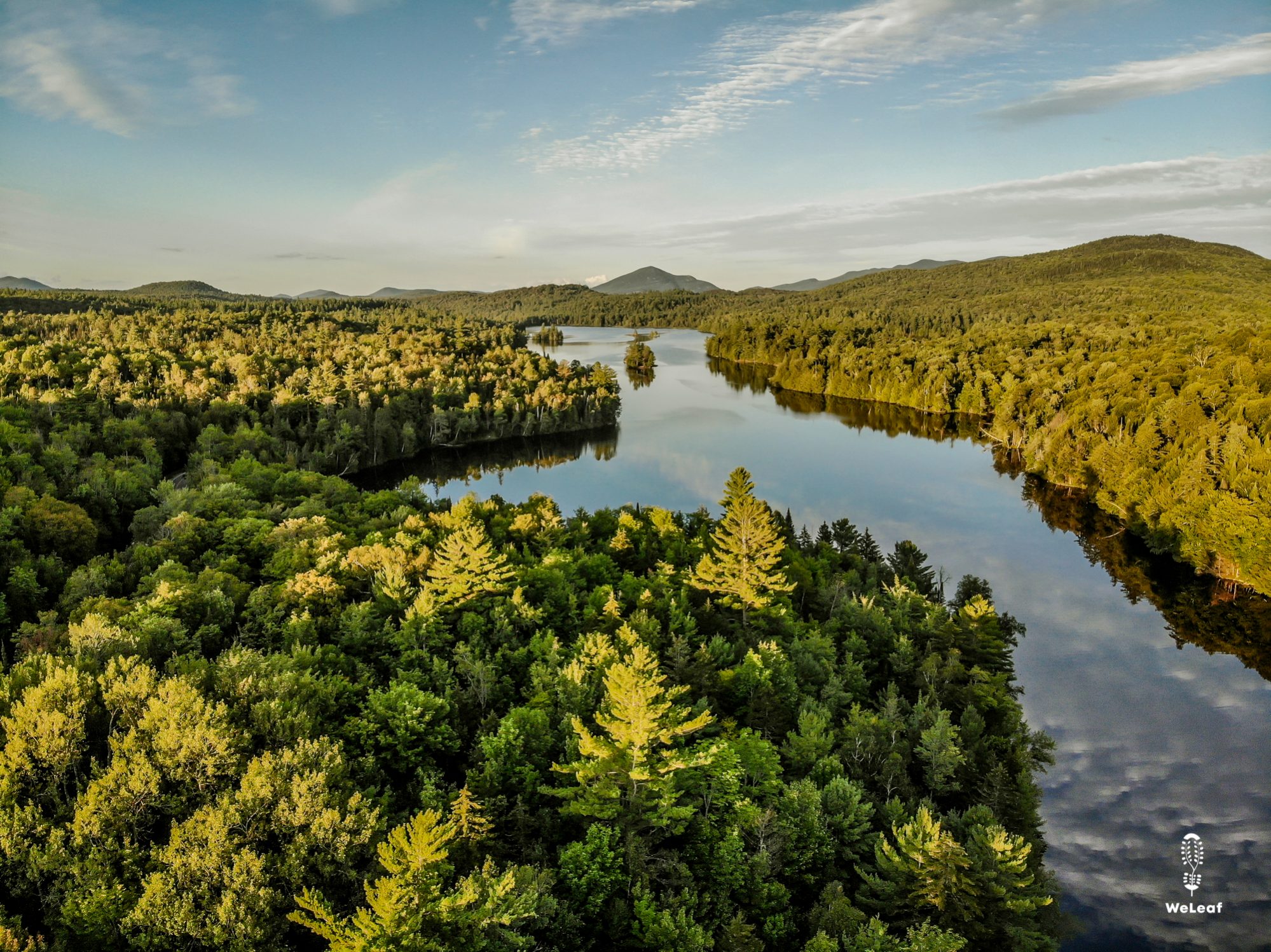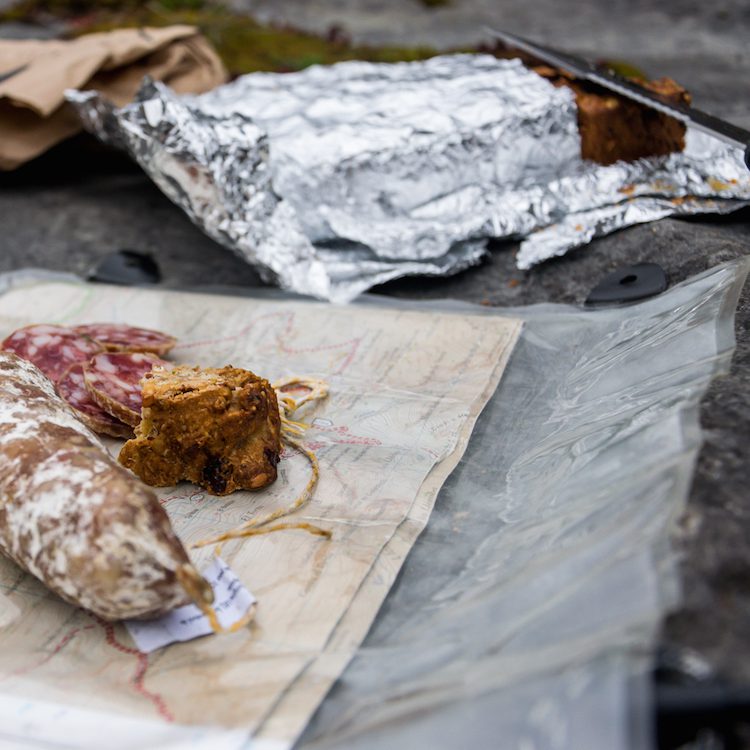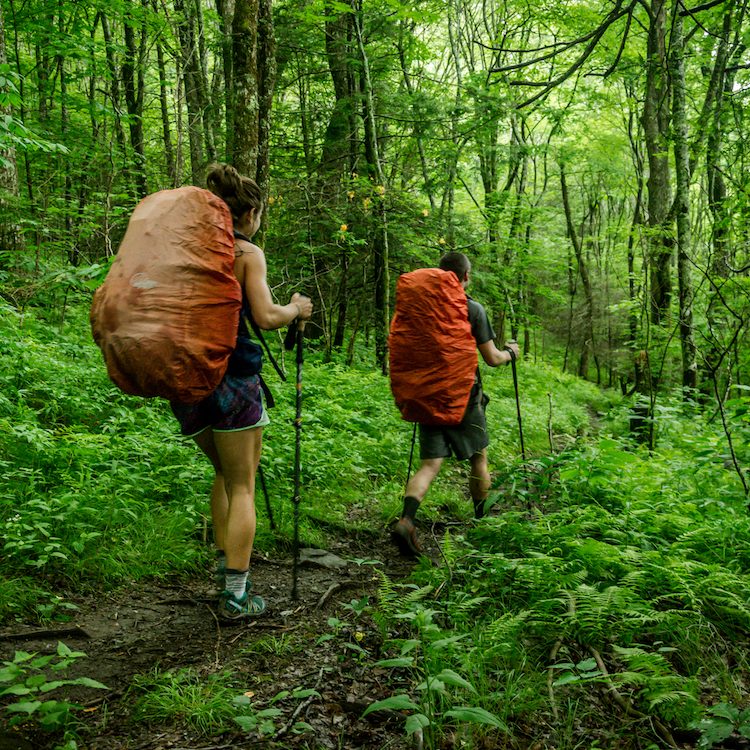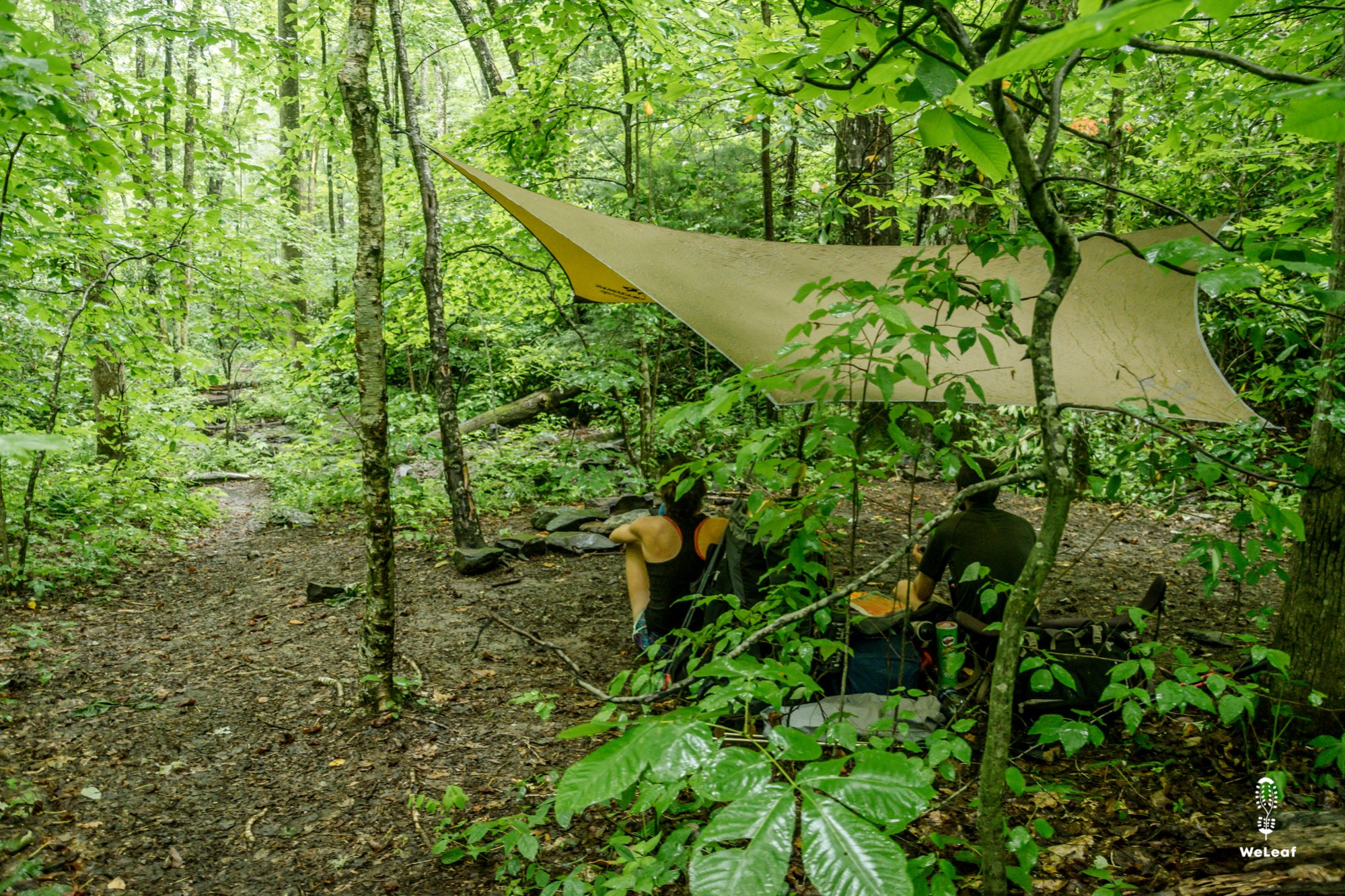
A hammock or a tent on a long trek?

Winter routine
March 12, 2020
The people of the North Coast
April 3, 2020
Sleeping in a hammock or in a tent?
In 2019 we decided to hike the Appalachian Trail. We wanted a backpack that was as light as possible, without making major concessions on comfort and personal care. One of the most difficult choices was the decision between a tent and a hammock. Since Mexico we have slept more often in our Amazonas hammock than in the tent and that was an excellent experience, but sleeping 45 nights in the hammock was a very serious choice. We doubted about the choice until a few days before departure, until we finally decided to opt for the lightweight North Face Talus 2 tent. We tell you our experience about sleeping in the tent and hammock and why we finally chose the tent.
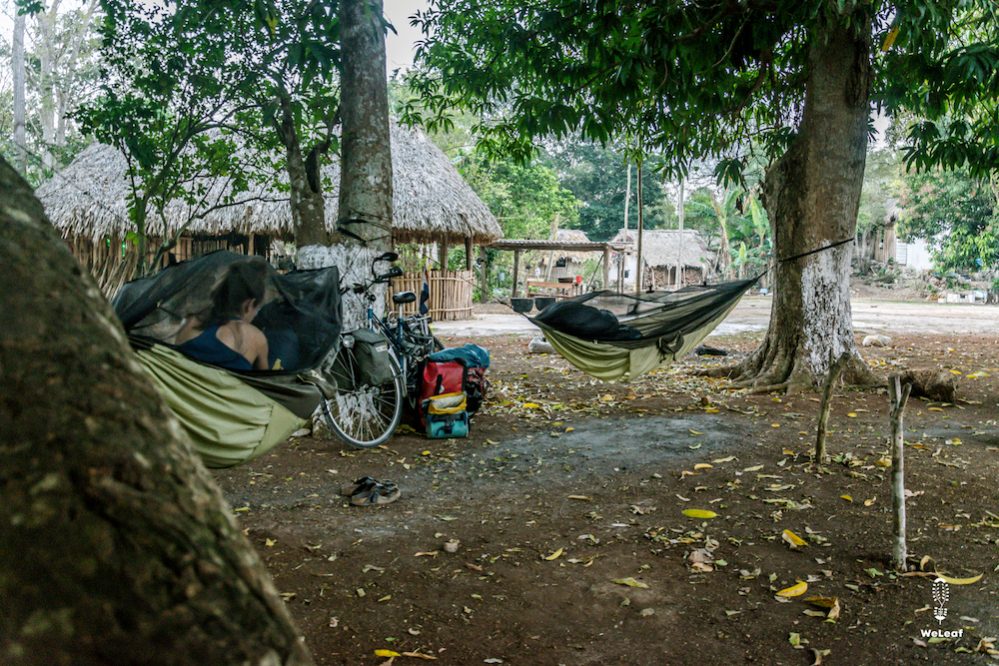
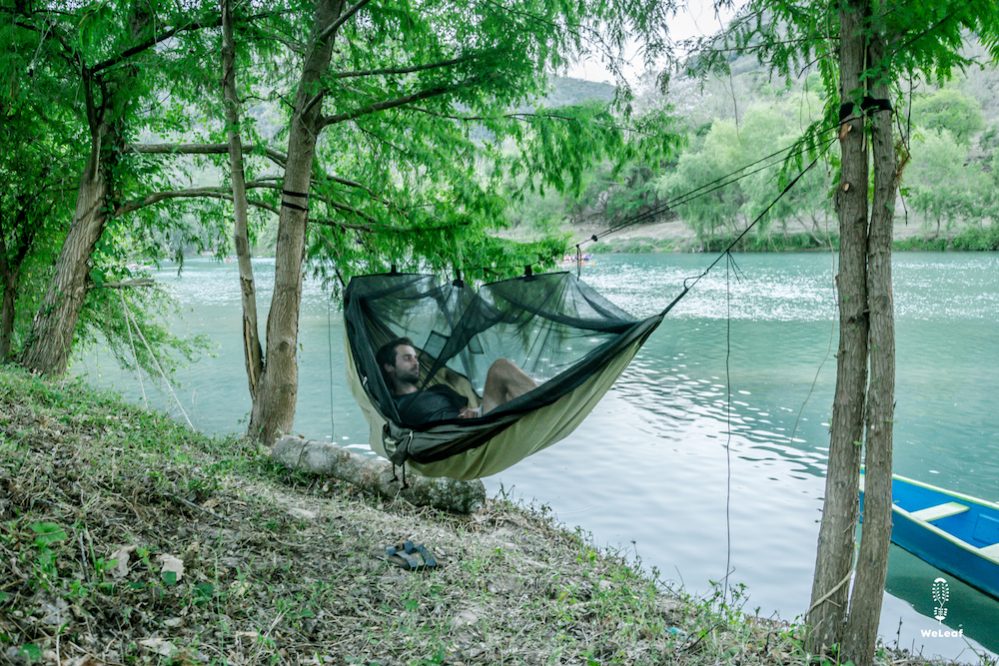
TENT
Why choosing a tent
- (+) Better protection
- Better protection against wind, cold, rain and insects: you feel safe and comfortable in the enclosed space when a heavy thunderstorm passes or when the mosquitoes make it unbearable outside. A tent will protect you better against rain, wind, cold and insects.
- (+) Feels like a home
- The tent is a closed environment that you set up yourself with your sleeping mat, sleeping bag and clothes. There are many storage places, it is easy to create order and you feel at home.
- (+) Possible to pitch inside a house
- Sometimes you are forced to pitch your tent under a roof, inside a building or even on top of a roof. This is very easy with a stand-alone tent.
- (+) Clothes and bags are dry in a tent
- You can put your backpack, clothes and shoes in the tent, protected from the weather elements, scorpions and spiders.
- (+) Perfect for couples
- A tent is way more romantic and you only need one tent for two persons.
Why not choosing a tent
- (-) Flat surface needed
- You need a fairly flat surface to sleep comfortably. Your sleeping mat will smooth out most of the irregularities, but sleeping on a slope in particular is not pleasant. In addition, you must ensure that you do not stand in a large puddle when a heavy rain shower passes in the middle of the night.
- (-) Less suitable for warm and humid climates
- A tent does not ventilate as well. Especially in warm and humid climates it is not pleasant to lie sweating in the tent. A stand-alone tent where you can only pitch the inner tent helps, but a tropical rain shower is always a possibility in the warm countries.
HAMMOCK
Why sleeping in a hammock
- (+) Weight
- our Amazonas hammock only weighs 600 grams. Including the tarp it is barely one kilogram. There are few tents that do better, certainly in the same price range.
- (+) Natural way of sleeping
- In a hammock you sleep in a natural position that is very healthy for your back. We were very skeptical at first, but sleep amazingly well. Slightly rocking you swing asleep in the evening.
- (+) Perfect in warm climates
- A hammock is perfect in warm climates because you have ventilation from the top and below. In Mexico we even needed our sleeping bag in the morning while we would have been sweating in our tent.
- (+) No flat surface needed
- If you find two trees or poles, you can hang your hammock anywhere, even on very rough terrain and a slope.
- (+) Feels closer to nature
- Our hammock has a mosquito net on top that allows you to look through. It feels like you are really sleeping outside and you wake up in the morning with a beautiful view.
- (+) Faster to hang a hammock
- A hammock can be hung up and set up quickly. You don't have to blow up a mattress.
- (+) Works as a chair
- A hammock is great to relax after a long day of hiking. It works as a kind of chair where you can relax and enjoy the surroundings.
- (+) Noodoplossing als tent
- In case you don't find trees and posts, it is possible to lay the hammock on the floor and use it as a tent. Various benefits are lost and it feels a bit locked in, but it is a good emergency option. You still need two point to fixate the mosquito net.
Why not sleeping in a hammock
- (-) Two trees or poles needed
- Without trees or posts, a hammock is difficult to hang. On the Appalachian Trail you are always under the tree line, but on a hike in the Alps a hammock is less useful.
- (-) Hard to get into your sleeping bag
- The biggest struggle of the hammock is crawling into your sleeping bag at night. You always slide to the center and you don't have a lot of grip, so you have to struggle before you have a pleasant position.
- (-) Tarp for rain protection
- Hanging a tarp takes more time and is warmer in humid climates. If it wasn't necessary we never hung the tarp, but sometimes we had to go out in the middle of the night because of some unexpected rain.
- (-)Not so good for cold environments
- If it is colder than 10 degrees in the morning, you will have to provide extra insulation at the bottom. This is extra weight.
- (-) Less protection against the weather and insects
- The tarp partly protects you against rain and wind, but really strong wind and rain will find its way under the tarp. Our hammock is impregnated against the mosquitoes, but it sometimes happens that a mosquito sticks through the hammock.
- (-) Bags on the ground
- You will have to put your shoes and pack under your hammock so that they are less protected against the weather and the critters.
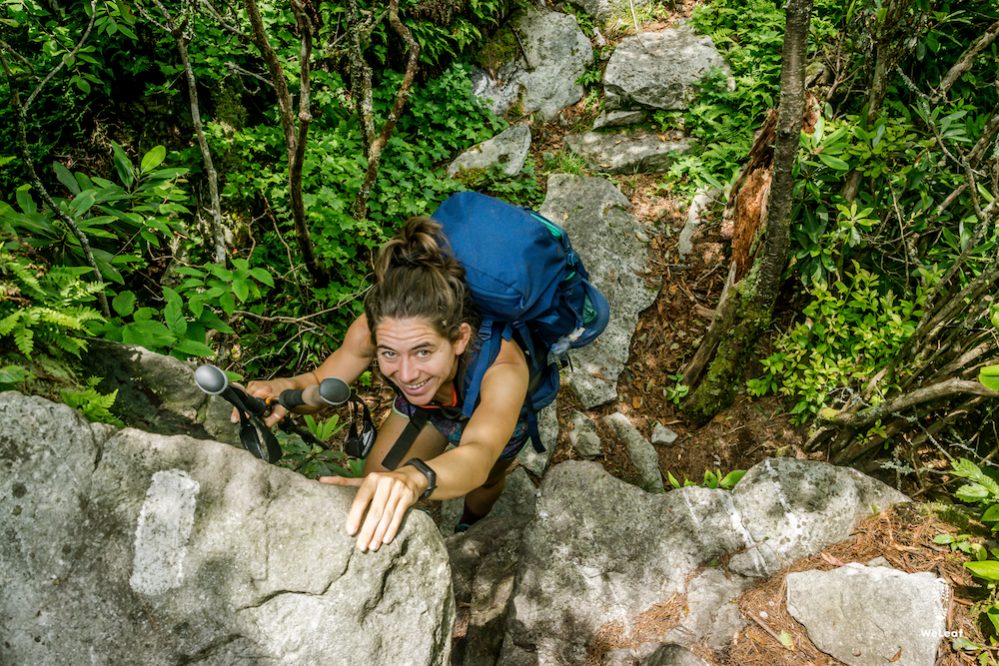
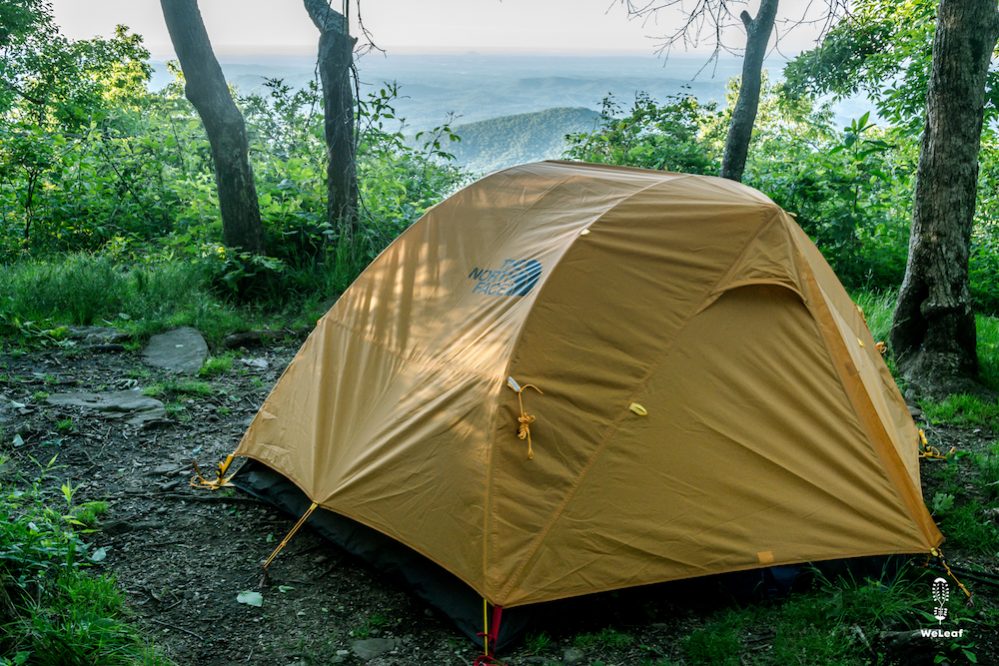
Our decision
Although the hammock has many benefits, we decided to take a tent with us on our hike. The hammock was perfectly possible on the Appalachian Trail, but the tent turned out to be the right choice for us. We chose the North Face Talus 2 tent, a 2,2 kilogram lightweight tent. The comfort of a protected, closed environment and sleeping next to each other were the deciding factors.
The choice of lightweight is less important when cycling and canoeing. On the bicycle we always had our hammock and our Hilleberg tent. Depending on the environment and the weather we chose to sleep in the tent or in the hammock. in Mexico, Guatemala and the south of the US we usually slept in our hammocks, but we used our tent more to the north in the US or higher up in the mountains.
Curious what else we had in our backpack during our hike on the Appalachian Trail? We have it all in our packing list for a long trek.
Gear lists
Our other gear lists
Packing list for a bicycle trip
Packing list for a canoe trip
